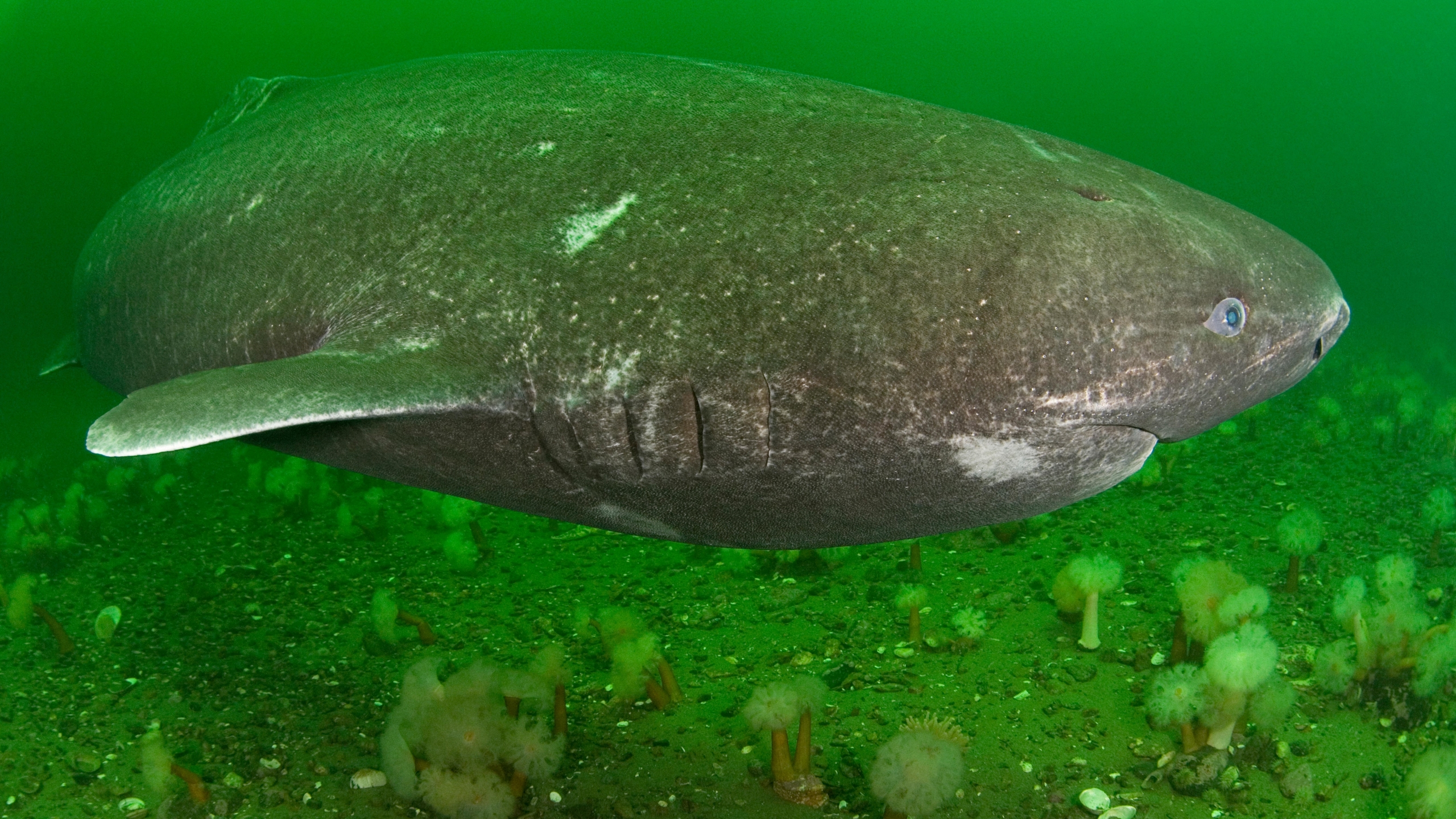In a groundbreaking discovery that seems to defy the conventional limits of time, scientists have recently stumbled upon a living relic from the past—a 400-year-old Greenland shark, believed to have been born in the 17th century. This extraordinary find has left the scientific community in awe, prompting a reevaluation of our understanding of marine life and the mysteries hidden beneath the ocean’s depths.

The Greenland shark, a species known for its longevity, has long fascinated researchers. However, the recent revelation of an individual estimated to be four centuries old has ignited fresh curiosity and excitement in the scientific world. This particular specimen was discovered in the frigid waters of the Arctic, providing an intriguing glimpse into the lifespan and evolution of these enigmatic creatures.

The process of aging Greenland sharks has always been a challenging task due to their slow growth rate and the lack of clear markers in their tissues. However, advancements in scientific techniques, including radiocarbon dating of eye tissues, have allowed researchers to more accurately estimate the age of these elusive creatures.

The uncovered specimen is believed to have been born around the year 1620, a period marked by historical events such as the Thirty Years’ War and the establishment of the Mayflower Compact. The idea that a living being could have witnessed events from such a distant past raises fascinating questions about the potential insights it may hold into both marine biology and historical oceanic conditions.

This discovery not only sheds light on the remarkable longevity of the Greenland shark but also underscores the importance of preserving these ancient species. As climate change continues to impact ocean ecosystems, understanding the life cycles and adaptations of such creatures becomes crucial for their conservation.

Scientists are now eager to delve deeper into the secrets hidden within the genetic code and life history of this 400-year-old Greenland shark. The journey into the past that this remarkable creature provides may unlock not only the mysteries of its own species but also offer valuable perspectives on the history and evolution of our planet.
In conclusion, the unearthing of a 400-year-old Greenland shark is a testament to the marvels that the natural world continues to reveal. This living relic serves as a bridge between centuries, inviting us to explore the depths of our planet’s history and the resilience of its oldest inhabitants. As scientists embark on this exciting journey through time, the mysteries of the ocean and the incredible life it harbors are sure to captivate our imagination for years to come.
